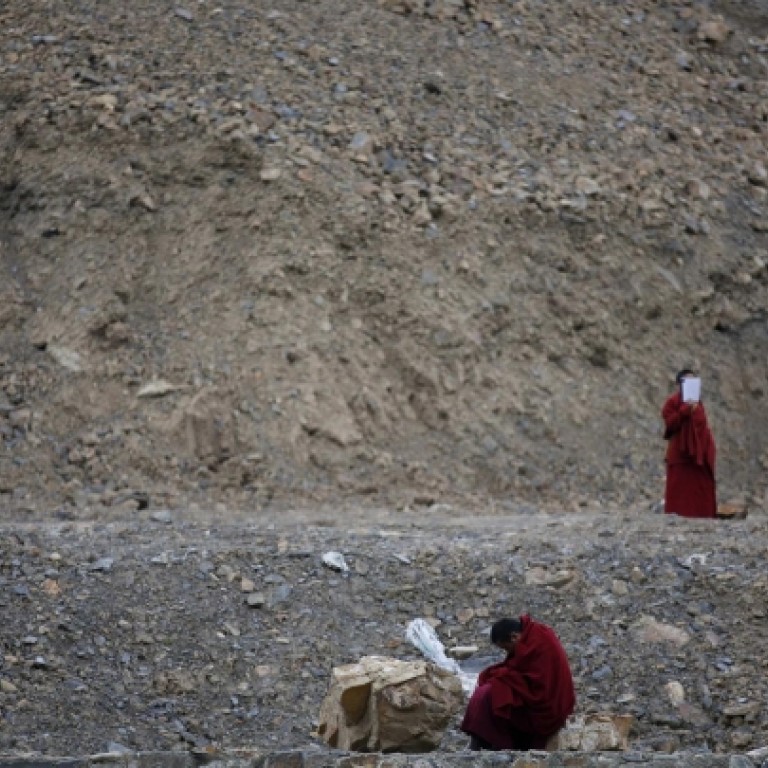
US Ambassador Locke on 3-day trip to Tibet, embassy confirms
Gary Locke, travelling with family and staff, is visiting the restive autonomous region to 'increase his familiarity with local conditions'
American Ambassador Gary Locke has travelled to Tibet on a rare diplomatic visit to the restive autonomous region to "increase his familiarity with local conditions", the US embassy in Beijing confirmed yesterday.
Locke was accompanied by family members and embassy staff on three-day trip, organised by the local government, in and around Lhasa . He will return to Beijing today. US embassy spokesman Justin Higgins said it was the first time authorities had approved an embassy request to visit Tibet since September 2010.
The visit is the first by an American official to the autonomous region since 2010.
Locke's trip comes amid a wave of self-immolations in Tibetan-populated parts of neighbouring provinces and speculation that Beijing may be loosening its hardline policies in such areas.
On Wednesday, Radio Free Asia reported that Qinghai and Sichuan provinces had implemented an "experimental" policy allowing Tibetan residents to openly worship their exiled spiritual leader, the Dalai Lama, including displaying his portrait.
While the RFA report sparked optimism among some international observers, others say that expectations of a major policy shift towards the greater Tibetan region may be premature.
"The report has to be considered in the context of self-immolations," said Tashi Phuntsok, information and international relations secretary of the Tibetan government-in-exile in Dharamsala, India. "We have noted reports from the Amdo and Kham areas, both incorporated in Sichuan and Qinghai provinces, but these are local rather than a widespread policy change."
The policy shift had been reported in the areas where self-immolations had escalated, Phuntsok said, and was likely to be a pragmatic response from local officials to deal with the worsening situation on the ground.
Meanwhile, Cai Ang Tai, deputy head of the Qinghai Provincial Buddhist School, where RFA reported the new policy had been announced during a conference, denied any such meeting had been held.
When asked for comment, several Tibetan monasteries said they were not allowed to discuss the issue and that requests for information should be referred to government officials.
Locke visited Tibetan-populated areas in Sichuan last year, but this is his first visit to Tibet. Foreigners wanting to travel there require a special government permit.
Locke's visit comes only a week after Rigzin Wangmo, a daughter of the late 10th Panchen Lama, travelled to Lhasa on her first visit for several years. Thousands of Tibetans greeted her outside Jokhang Palace before being dispersed by police, a well-connected source said, adding that the Communist Party's United Front Work Department had blocked her from entering the region for many years.
The International Campaign for Tibet said the most recent self-immolation, on June 11, took the number of victims in the past four years to 120.
